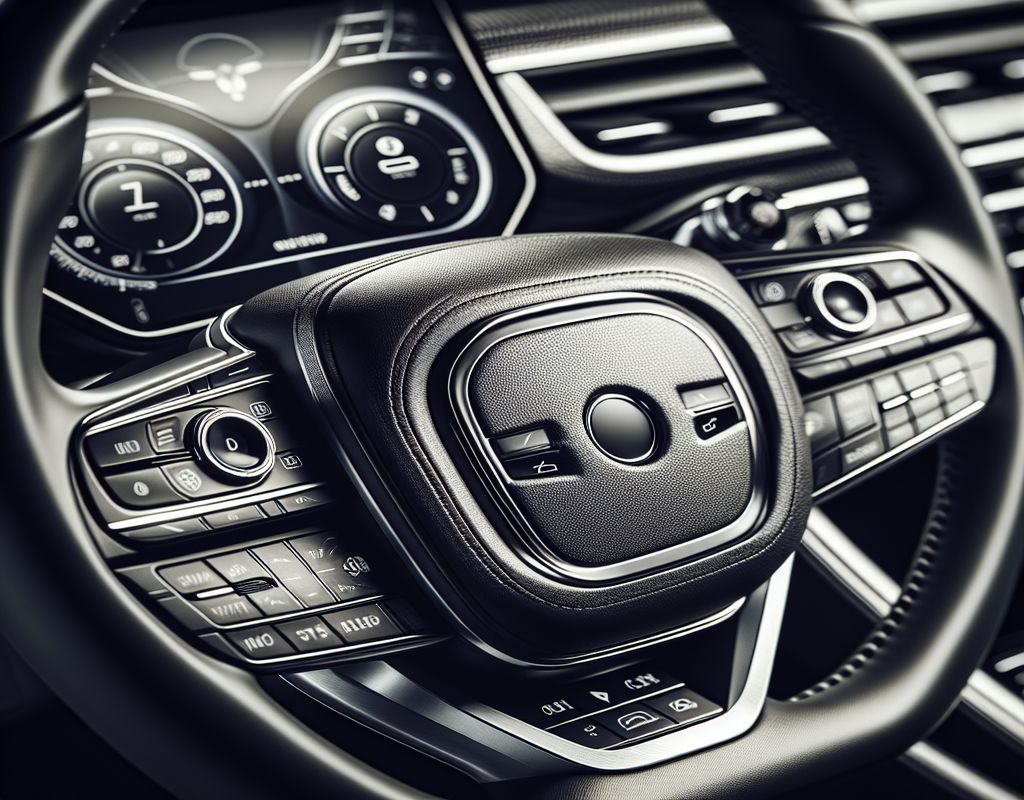Introduction
In the modern automotive industry, steering wheel controls have become indispensable features in cars. They offer convenience and enhance safety by allowing drivers to operate various functions without taking their hands off the wheel. However, the smooth functioning of these controls relies on a small yet crucial component: the fuse.
Understanding Steering Wheel Controls
Steering wheel controls, consisting of buttons and switches conveniently located on the wheel, empower drivers to manage different aspects of their vehicle. From adjusting audio volume and selecting tracks to managing phone calls and activating cruise control, these controls keep important features at the driver’s fingertips. With such intuitive and user-friendly design, drivers can maintain better focus on the road while accessing these essential functions.
The Function of a Fuse in a Car
Before diving into the specific role of a fuse in steering wheel controls, it’s essential to grasp the general function of a fuse in a car. Acting as a protective device, a fuse safeguards the vehicle’s electrical system. When an excessive current flows through it, the fuse breaks the electrical circuit, providing protection against electrical overloads and short circuits.
Fuses play a critical role in maintaining the safety and reliability of a car’s electrical system. By interrupting the flow of current when necessary, they protect various components, including the steering wheel controls, from potential damage. This interruption prevents fires, electrical damage, and further malfunctions that could endanger the vehicle and its occupants.
The Role of a Fuse in the Function of Steering Wheel Controls
Now that we understand the function of a fuse in a car, let’s explore its role in the proper functioning of steering wheel controls. Steering wheel controls rely on a steady supply of electrical power to operate effectively. They are connected to the car’s electrical system, and any disruption in the power supply can result in malfunction.
The fuse acts as a vital link between the steering wheel controls and the electrical system. It ensures that excessive current doesn’t reach the controls, preventing potential damage or hazards. When a fault occurs in the controls or the electrical system, such as a short circuit or an overload, the excessive current triggers the fuse to blow or “trip.”
By blowing the fuse, the circuit is interrupted, effectively cutting off the power supply to the steering wheel controls. This protective mechanism prevents further damage to the controls and other electrical components. Without the fuse, the controls would be vulnerable to electrical issues that could compromise functionality and pose safety risks.
A faulty fuse in the steering wheel controls can lead to various issues, including unresponsiveness, button and switch failures, or intermittent problems. Identifying and addressing a faulty fuse is crucial to ensure the continued reliability and performance of the controls.
In the next section, we will explore the signs of a faulty fuse in steering wheel controls, providing insights into troubleshooting and timely resolutions. We will also discuss the process of replacing a fuse and provide tips for maintaining proper fuse functioning in steering wheel controls. By understanding these aspects, car owners can effectively manage and optimize the performance of their steering wheel controls.



